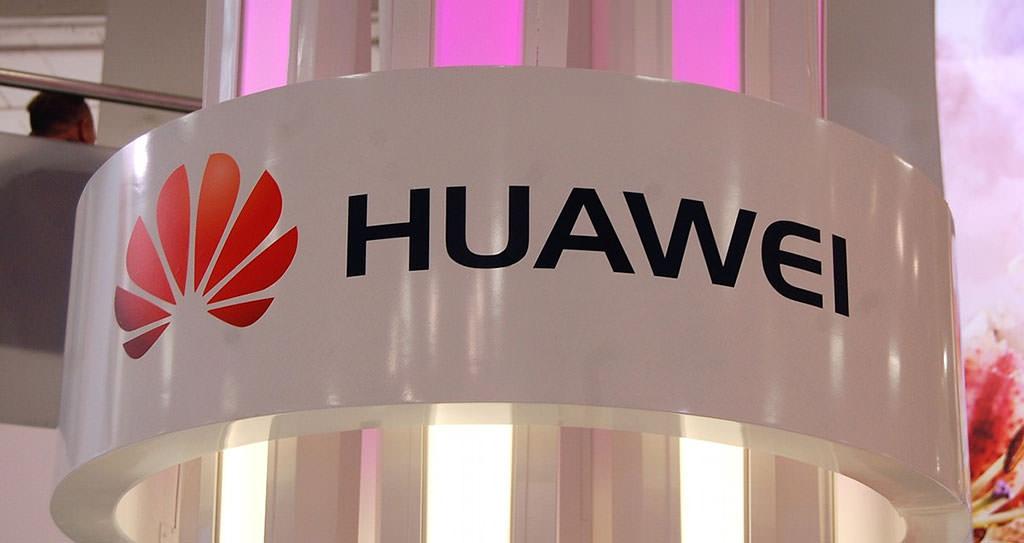News
Huawei hits back at claims it’s a national security threat controlled by Beijing

The Australian chairman of Huawei has hit back at claims his company is effectively controlled by Beijing and poses a national security risk.
The Federal Government is currently considering whether the company should be allowed to participate in the construction of Australia’s 5G mobile network, due to be completed next year.
Six years ago, the company was blocked from any involvement in the rollout of the National Broadband Network, due to concerns about a Chinese company having access to critical infrastructure.
Similar national security concerns also prompted to Federal Government to foot the bill for a high-speed internet cable between Australia and the Solomon Islands.
These concerns continue today with some federal politicians — including Labor MP Michael Danby — calling for the Huawei and another Chinese company, ZTE, to banned from any involvement in the 5G network.
“Both Huawei and ZTE must report to a Communist Party cell at the top of their organisations,” Mr Danby told Federal Parliament.
“Let me issue a clarion call to this Parliament: Australians 5G network must not be sold to these telcos.”
But Huawei’s John Lord said Mr Danby was wrong and his company would do all it could to assure authorities it was not a risk.
“Huawei is owned by employees,” Mr Lord said.
“We have 170,000 employees in the world but it’s only owned by 80,000 because we haven’t got enough shares.
“There is no ownership by the Government whatsoever — we would term our form of ownership a cooperative in western societies.”
Huawei willing to give intelligence agencies oversight
Huawei does not want to be a sole operator of the network, but instead to provide technology to Optus, Vodafone, TPG and Telstra.
Mr Lord said the company operated in 170 companies and could not afford to play politics.
“We believe that companies like Huawei are privately owned, not owned by any committee or any government, and should be looked at and put into a competitive tendering,” he said.
“We’re happy to have our equipment tested, we’re happy to have it analysed.”
Mr Lord said the company would also be willing to provide Australian intelligence agencies oversight of its operations, as it has done in the United Kingdom.
“That was the way to enter the market and be as open as possible and that’s what we’re offering around the world,” Mr Lord said.
(Story By ABC News Australia, Edited by Huawei Central)







